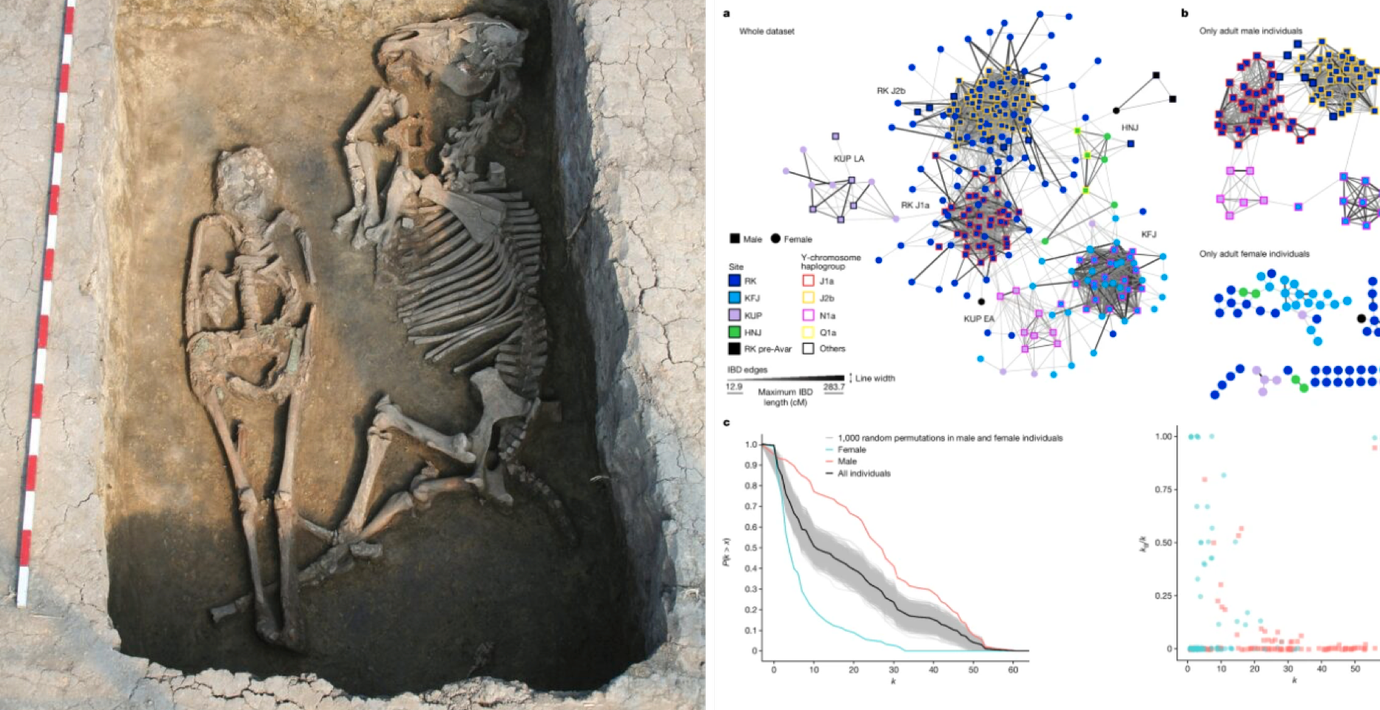
Dna visar: De gåtfulla avarerna undvek helt inavel
I en ny studie i Nature visar dna-analys hur de gåtfulla avarerna organiserade sitt samhälle, skriver videnskab.dk.
Avarerna kallas folkgrupper som tog sig från den eurasiska stäppen under andra hälften av 500-talet och bosatte sig på slätter kring Donau i dagens Ungern. De försvann sedan ur historiska källor på 800-talet.
I studien har man analyserat dna från över 400 individer under 250 år. Bland annat har forskarna lyckats ta fram världens längsta dna-baserade släktträd, med släktled i nio generationer.
Dna visar att avarerna organiserade giftermål enligt en strikt patrilokal princip, där männen blev kvar på en plats medan kvinnorna flyttar och gifter in sig i andra familjer. Detta skapar stora nätverk med social sammanhållning.
Forskarna har inte hittat några fall av inavel. Detta tror man beror på att avarerna hade en detaljerad kännedom om släktskap som bevarades muntligt över många generationer.